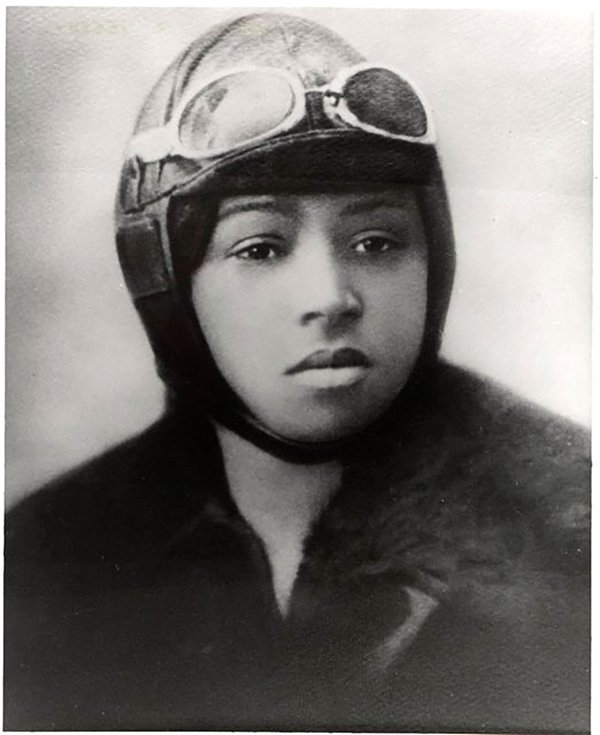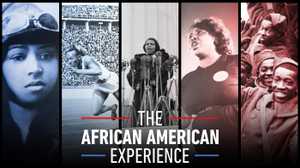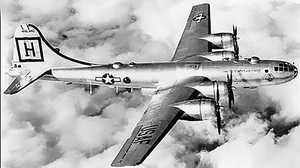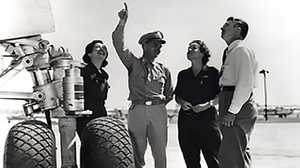Bessie Coleman
1892 -1926

Bessie Coleman was the first African-American woman, and also the first woman of Native-American descent, to hold a pilot’s license. Coleman grew up in a cruel world of poverty and discrimination. She was born in Atlanta, Texas, one county over from Paris, Texas, where whites lynched at least nine Black men between 1890 and 1920. African Americans were barred from voting through literacy tests, poll taxes, economic reprisals and terrorism. They couldn't ride in railway cars with white people, nor use a wide range of public facilities set aside for whites. When young Bessie first went to school at the age of six, it was to a one-room wooden shack, a four-mile walk from her home. Often there wasn't paper to write on nor pencils to write with.
When Coleman turned 23 she headed to Chicago to live with two of her older brothers, hoping to make something of herself. But the Windy City offered little more to an African American woman than did Texas. When Coleman decided she wanted to learn to fly, the discrimination she faced based on race and gender meant that she would have to travel to France to realize her dreams.
It was soldiers returning from World War I with wild tales of flying exploits who first interested Coleman in aviation. She was also spurred on by her brother, who taunted her with claims that French women were superior to African American women because they could fly. In fact, very few American women of any race had pilot's licenses in 1918. Those who did were predominantly white and wealthy. Every flying school that Coleman approached refused to admit her because she was both black and a woman. On the advice of Robert Abbott, the owner of the Chicago Defender and one of the first African American millionaires, Coleman decided to learn to fly in France.
Coleman learned French at a Berlitz school in the Chicago loop, withdrew the savings she had accumulated from her work as a manicurist and the manager of a chili parlor and, with the additional financial support of Abbott and another African American entrepreneur, she set off for Paris from New York on November 20, 1920.
Coleman was the only student of color in her class, but within seven months she achieved her goal. She was taught in a 27-foot biplane that was known to fail frequently, sometimes in the air. During her training Coleman witnessed a fellow student die in a plane crash, which she described as a "terrible shock" to her nerves. But the accident didn't deter her: In June 1921, the Fédération Aéronautique Internationale awarded her an international pilot's license.
When Coleman returned to the U.S. in September 1921, scores of reporters turned out to meet her. The "Air Service News" noted that Coleman had become "a full-fledged aviatrix, the first of her race." She was invited as a guest of honor to attend the all-Black musical Shuffle Along. The entire audience, including the several hundred whites in the orchestra seats, rose to give the first African American female pilot a standing ovation.
Over the next five years Coleman performed at countless air shows. The first took place on September 3, 1922, in Garden City, Long Island. The Chicago Defender publicized the event saying the "wonderful little woman" Bessie Coleman would do "heart thrilling stunts." According to a reporter from Kansas, as many as 3,000 people, including local dignitaries, attended the event. Over the following years, Coleman used her position of prominence to encourage other African Americans to fly. She also made a point of refusing to perform at locations that wouldn't admit Blacks.
Coleman took her tragic last flight on April 30, 1926, in Jacksonville, Florida. Together with a young Texan mechanic called William Wills, Coleman was preparing for an air show that was to have taken place the following day. At 3,500 feet with Wills at the controls, an unsecured wrench somehow got caught in the control gears and the plane unexpectedly plummeted toward earth. Coleman, who wasn't wearing a seat-belt, fell to her death.
About 10,000 mourners paid their last respects to the first African American woman aviator, filing past her coffin in Chicago South's Side. Her funeral was attended by several prominent African Americans, and it was presided over by Ida B. Wells, an outspoken advocate of equal rights. In an editorial in the Dallas Express, the South’s oldest and, at the time, most widely distributed Black newspaper, remarked, "There is reason to believe that the general public did not completely sense the size of her contribution to the achievements of the race as such."
Coleman has not been forgotten in the decades since her death. For a number of years starting in 1931, black pilots from Chicago instituted an annual fly over of her grave. In 1977 a group of African American women pilots established the Bessie Coleman Aviators Club. And in 1992 a Chicago City Council resolution requested that the U.S. Postal Service issue a Bessie Coleman stamp. The resolution noted that "Bessie Coleman continues to inspire untold thousands, even millions of young persons with her sense of adventure, her positive attitude and her determination to succeed."

An AMERICAN EXPERIENCE collection featuring a selection of films documenting the African American Experience — along with articles, digital shorts and original features exploring America’s continued struggle with race, democracy and justice, and celebrating the contributions of Black Americans to the American story.







